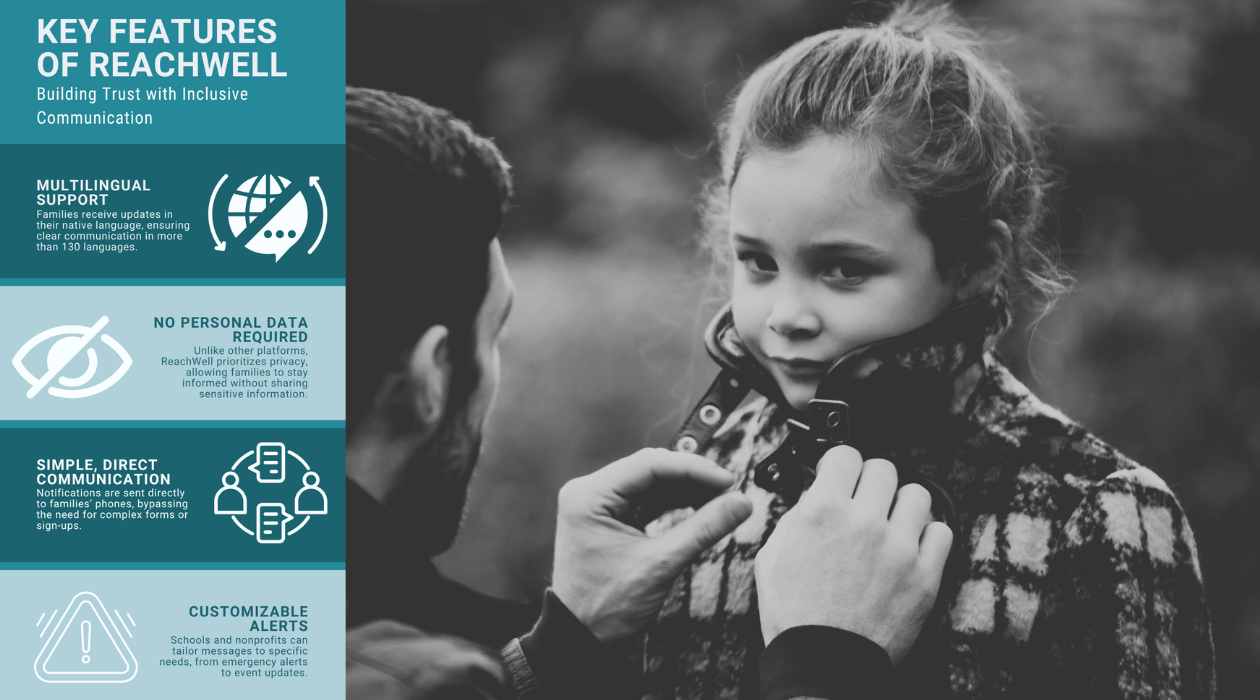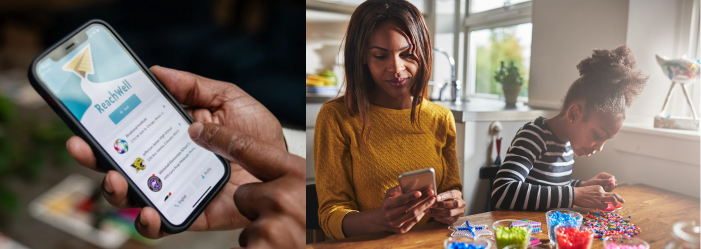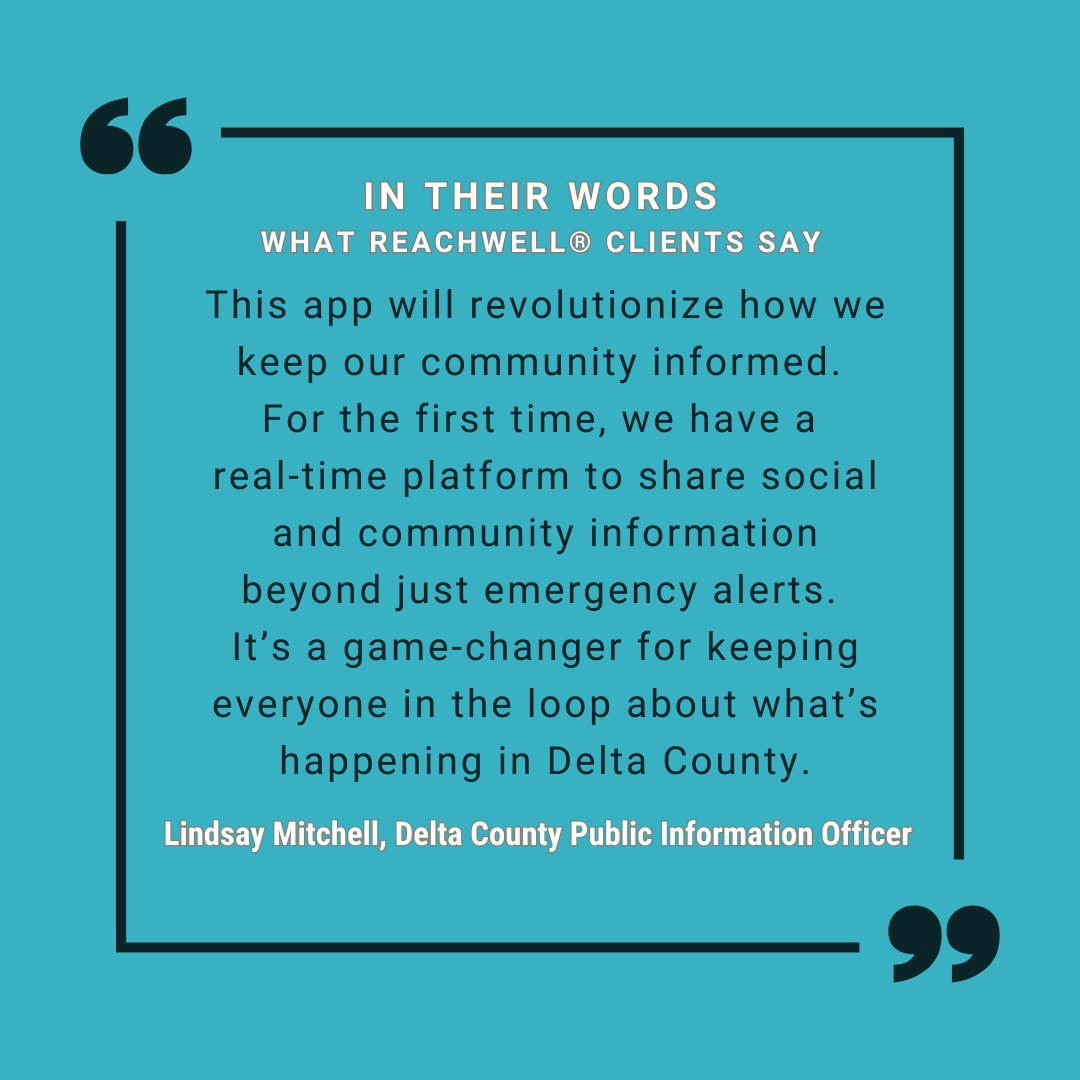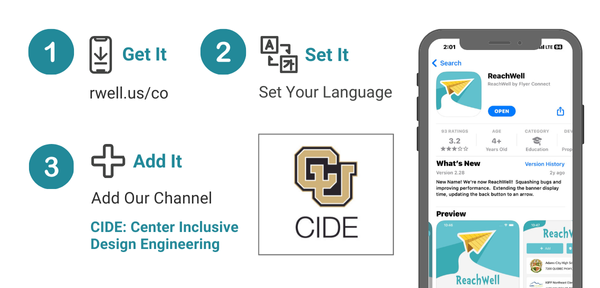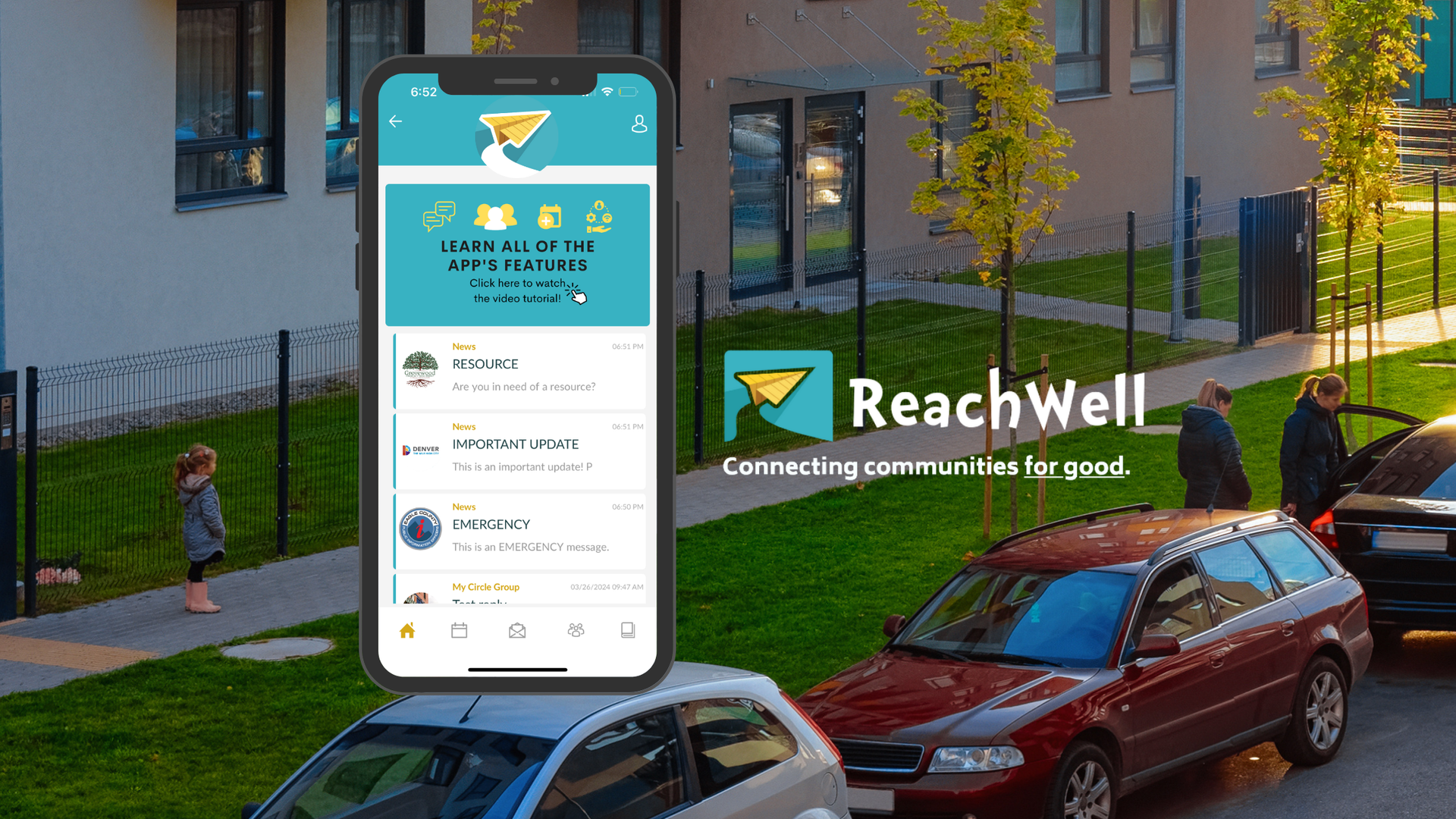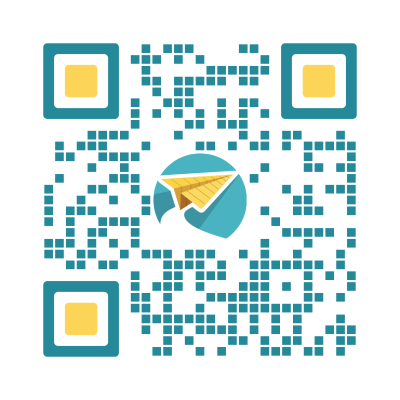Maximizing Community Reach: A Smarter Approach to Engagement
In order to maximize reach, we've applied the following approach to quickly connect all families.

Maximizing Community Reach: A Smarter Approach to Engagement
Do you know your reachability? How confident are you that every family in your community is receiving the information they need? Reaching every family quickly and effectively is essential for strong community engagement—and it doesn’t have to be costly or time-consuming. Too often, organizations struggle to connect with all families, leaving gaps in communication that can lead to disengagement, misinformation, or lack of access to critical resources.
With ReachWell, achieving 95%+ reachability (the ability to successfully connect with and inform families across multiple communication channels) within just a few weeks is possible. By streamlining communication, reducing the need for manual translation, and automating outreach, communities can save significant time and budget while maximizing impact. Schools, nonprofits, and local governments that have implemented ReachWell consistently report higher engagement, stronger trust, and more effective communication with the families they serve.
This guide breaks down the key strategies that make high reachability a reality. Whether you're looking to refine your approach or transform the way you engage, these insights will help you remove barriers and ensure every family stays informed.
Use this checklist to evaluate your current engagement plan and identify areas for improvement. Download it today and take the first step toward stronger, more inclusive communication!
1. Accessibility: Meet Families Where They Are
- Ensure information is distributed through all practical channels: App, Email, Text, Call, Social Media*, and Web (both your site and partner sites). ReachWell supports all these and more.
- Keep information updated regularly and ensure consistency across all channels.
Note: Social media alone is unreliable due to algorithm-based feeds. Important messages may not be seen when needed most.
2. Language and Literacy: Overcome Language Barriers
- Provide real-time translations and support for human translators.
- Allow English Learners (ELs) to choose their preferred language instead of relying on registration data.
- Support unwritten languages with integrated audio and video translations.
- Ensure low-literacy users have access to text-to-speech in both English and their native language.
3. Accessibility for Disabilities: Inclusive Communication Matters
- Enable text-to-speech features to support visually impaired individuals.
- Use high-contrast text and image tags for better readability.
- Include American Sign Language (ASL) video messages to support the deaf and hard-of-hearing community.
4. Tech Literacy: Minimize Barriers to Adoption
- Simplify signups and logins—avoid unnecessary passwords and device requirements.
- Protect private information (PII) while keeping access simple with two-factor authentication (2FA) via paper, text, email, or call.
5. Supporting Low-Income Families: Stay Connected Despite Changes
- Account for frequently changing phone numbers by providing an app that ensures continuous connection.
- Recognize that many low-income families rarely check email—reach them where they engage most: on their mobile devices.
6. Undocumented or Unregistered Caretakers: Build Trust Through Open Access
- Avoid requiring personal information for basic access—families should be able to follow important updates without fear of tracking.
- Understand that the listed parent or guardian in the system may not always be the actual caretaker. Offer a simple process for adding or updating contacts to reflect real-time caregiving arrangements.
By addressing these key areas, your community can eliminate communication barriers and ensure every family stays informed and engaged.
DOWNLOAD THE CHECKLIST TO EVALUATER YOUR STRATEGY





